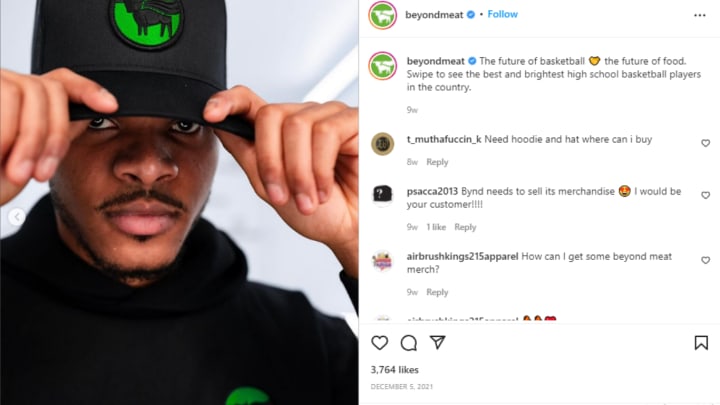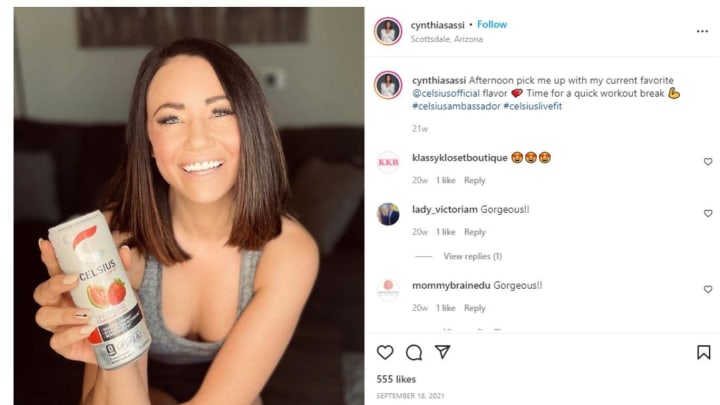FMCG Micro-Influencer Marketing
Marketing Tactics To Acquire And Retain Consumers

In the fast-moving consumer goods (FMCG) sector, digital media is revolutionizing the landscape for marketers everywhere. Since most consumers use the internet to find and purchase products, FMCG products need to adapt.
This article focuses on how sellers of FMCGs can leverage micro-influencers to gain more customers.
What is FMCG?
Fast-moving consumer goods (FMCG) are also known as consumer packaged goods (CPG). These are products that are in demand, quickly sold, and affordable. FMCGs include packed food, toiletries, beverages, and personal care products. Some highly perishable goods such as meat, dairy products, and fruits are also considered FMCGs.
What is a micro-influencer?
Micro-influencers are often identified based on the number of followers, which can range from 1000 to 100,00 depending on whom you ask. They also differ from macro-influencers because of their high engagement with their followers. But according to author Sam Fiorella, micro-influencers are better identified as people whose relationship with potential customers has considerable influence over their decision to purchase.
Benefits of Micro-Influencers to FMCG Marketing
1. Affordability
Collaborating with a celebrity endorser will cost you hundreds of thousands just for one post. Unless you’re a huge company, this may not be feasible or desirable. Micro-influencers offer more affordable rates. Their pay may depend on the number of followers and engagement, but on average, the rates are around $100 to $500 per post.
Hiring micro-influencers will allow you to do more with your retail marketing budget and work with more than one influencer. This will also help you increase your reach to different customers.
2. Niche markets
Often, the only way for your investment in influencer FMCG marketing to work is by finding one or more people who appeal to your target audience. Micro-influencers come in all shapes and forms. Each of them has a distinct area of specialization, style, brand, and audience. If, for example, you wish to market vegan products, it is only logical to find health-conscious influencers to represent your brand. Beyond Meat, known for plant-based food, partnered with celebrities and athletes and frequently use user-generated posts to advertise their products.

3. Higher engagement and conversion
Micro-influencers communicate with their audience more often via regular posts, and they answer queries and comments more quickly. Research has shown that leveraging micro-influencers helps boost engagement rates by up to 8.8 percent. Because micro-influencers provide a more personalized customer experience, their efforts translate to a higher conversion rate.
Celsius, an energy drink company, has been doing well with micro-influencers. Cynthia Sassi is one of their ambassadors with over 15,000 followers. Her post illustrated below garnered lots of likes and comments. Plus, each response was personalized to the client’s experience which studies show results of higher conversion.

If you’re not sure where to start, here is a guide to integrating influencers into your FMCG marketing strategy.
How to integrate influencer marketing into your FMCG strategy
1. Identify brand goals
A good influencer marketing strategy begins with clear goals. Increased brand recognition and sales are the two most popular goals of implementing influencer marketing. But it is advisable to focus on the areas where your brand needs to grow instead of setting generic objectives. To establish relevant goals, study your existing FMCG marketing strategy and identify strengths and weaknesses.
2. Establish KPIs
Once you have identified goals, move on to determining key performance indicators (KPIs) that match your goals. KPIs include the number of unique users, sales per influencer, click-through rate, or leads generated. These will be the metrics you’ll track and analyze throughout your campaign. Continuously tweaking your strategy based on key performance metrics will result in gaining more loyal customers.
3. Understand the influencer landscape
You’ll want to spend some time learning about the influencer landscape before you start working with influencers. Take some time to observe influencers and see how they promote brands before you look to pitch your brand to anyone. Another tactic is to create a shortlist of influencers and do background checks. You wouldn’t want your company to be associated with a person whose values are inconsistent with yours.
4. Connect with influencers
There are many different ways to find the influencer you need. You can begin by researching your competitors’ FMCG marketing strategy and the market type you are operating in. This will give you an idea about who your competitors are working with and whom their influencers are targeting. Then, you can make a more strategic decision based on this.
Furthermore, you can search through hashtags to find people making sponsored posts. From there, you can look through their audience and see if that resonates with you. You can also start with your followers. Take a look at the people who are already following your brand on social media. Review the accounts they’re following to see if any influencers stand out.
5. Highlight your values
According to a study by Unilever, firms that use their consumer goods marketing strategy to achieve positive social impact enjoy twice as much growth as those that don’t. FMCG brands need to consider this when promoting their products. Since influencers are the face of your brand, choosing people who espouse your values is necessary. Brands that only focus on their products often have difficulty getting enough digital engagement.
Wrapping up
With the help of micro-influencers, FMCG brands can maximize their budget, reach the right audiences, and connect more deeply with their clients and prospects. Finding the right influencers starts with setting goals and KPIs, contacting the right influencers, and showcasing values through influencers.
Author: Heather Ann Pulido
The article was originally published here.
About the Creator
Altcraft
Interesting and useful articles about marketing, our product and online communications







Comments
There are no comments for this story
Be the first to respond and start the conversation.